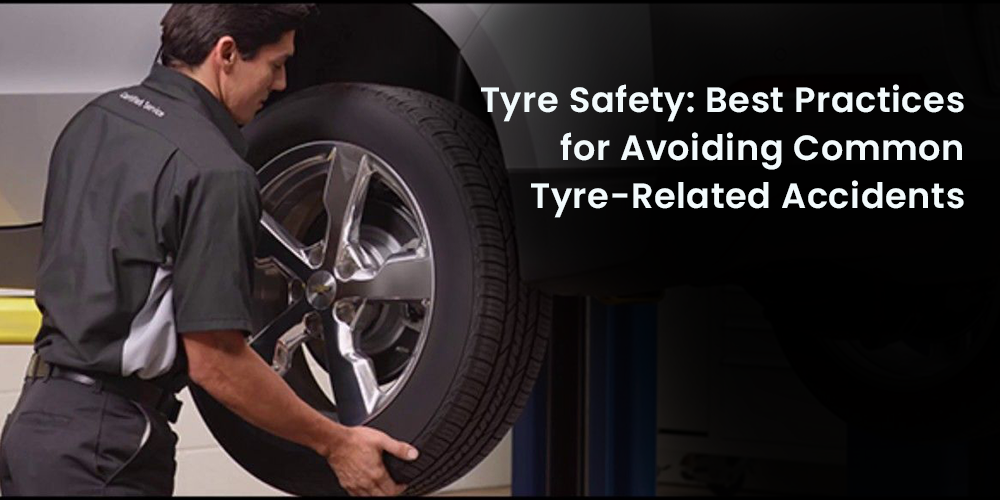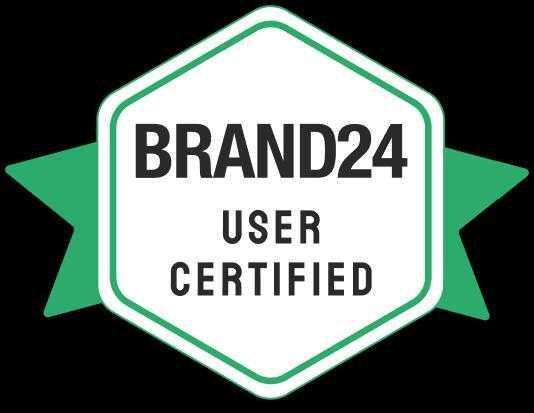Driving on the road with worn-out, under-inflated, or damaged tyres can increase the risk of accidents and jeopardise the safety of drivers, passengers, and other road users. Therefore, it is essential for drivers to prioritise tyre safety by regularly maintaining and checking their tyres. This not only ensures optimal performance but also extends the life of the tyres. By taking the necessary steps to keep tyres in good condition, drivers can reduce the risk of accidents and ensure safe driving on the road.
As a driver, you should put tyre safety at the top of your list of concerns. Knowing how to maintain your tyres and avoid common tyre-related accidents is crucial, as a blown tyre or flat can result in serious accidents. Best practices for protecting your tyres while driving are outlined below:
Tyre pressure should be checked frequently
Increased rolling resistance, decreased fuel efficiency, and premature wear are just some of the issues that can arise from tyres that are underinflated. A blowout or flat tyre is a more likely occurrence when using them. Tyre pressure should be checked at least once a month and before any extended trips to avoid these problems. Tyre pressure recommendations are typically listed in the owner's manual or on a sticker inside the driver's door. Tyre pressure can be checked with a pressure gauge, and air can be added as needed.
Check for Damaged Tyres
Tyre problems can be avoided with preventative maintenance and inspections. Check for defects such as cracks, cuts, bulges, and nicks. Tyres should be replaced when the tread reaches 3 millimetres, although the legal minimum is 1.6 millimetres. Check for uniform wear on all four tyres. Tyres that wear out at a different rate than the others may be a sign of alignment problems.
Change the Tyres
Regularly rotating your tyres can help them last longer and wear out more evenly, improving your vehicle's handling and safety. Tyres should be rotated every 6,000 to 8,000 miles, but this may vary based on your vehicle. By rotating your tyres, you can prevent uneven wear and extend their useful life, as the front tyres tend to wear down more quickly due to the vehicle's weight distribution.
Don't overload your car
If your car is too heavy for its tyres, you run the risk of a blowout or other accident caused by your tyres. Distribute the weight evenly throughout the vehicle and don't go over the manufacturer-recommended weight limit.
Defensive driving
Unfortunately, accidents can occur even if you take excellent care of your tyres. Defensive driving can help you avoid accidents caused by things like flat tyres. Drive at a safe distance behind other vehicles and avoid making any sharp stops or turns that could damage your tyres. Stay calm and navigate to a safe area off the road if you experience a blowout or flat tyre.
Stay away from worn-out or old tyres
Using tyres that are too old or too worn increases the likelihood of an accident. Tyres lose their resilience and strength over time, even if they still have plenty of treads left on them. Tyres six years old or older, regardless of condition, should be replaced. In addition, if the tyre shows any signs of damage or wear, you should replace it immediately.
Always choose tyres that are appropriate for your vehicle and the road conditions
It is critical for your safety to purchase tyres that are appropriate for your vehicle and driving conditions. Select tyres with the right load capacity for your vehicle, as well as those that are appropriate for the expected weather and road conditions. If you live in an area that gets a lot of snow, for instance, you may want to invest in winter tyres, which have a unique tread pattern that increases traction on snow and ice.
Avoid Ignoring Warning Indicators
Don't disregard warning signs like low tyre pressure or vibrations, unusual noises, or trouble steering, which may be signalled by your vehicle's tyre pressure monitoring system or otherwise. It's possible that these are the first signs of a serious problem with your tyres. Avoiding a catastrophic car crash requires taking preventative measures as soon as possible.
Make Sure Your Wheels Are Straight
Even tyre wear and the absence of steering and handling problems are both benefits of having your wheels properly aligned. Your vehicle may need a wheel alignment if it pulls to one side, the steering wheel is not centred, or the tyres are wearing unevenly. Tyres that aren't properly aligned can wear out prematurely and cause accidents due to irregular tread wear.
It's best to slow down and ride out the storm
Tyres can be damaged more quickly and increase your risk of an accident if you regularly engage in risky driving behaviours like speeding, hard braking, fast acceleration, and sharp turns. To avoid these problems, drive slowly and avoid making any jerky manoeuvres that could damage your tyres. This will keep you safe on the road and extend the life of your tyres.
Be Sure to Inspect the Spare
Last but not least, keep in mind that the spare tyre you keep in the trunk is just as crucial to your safety as the other tyres on your car. You should always have a fully inflated spare tyre and the tools to change a flat at the ready. The spare tyre, like the other tyres, should have its pressure checked and be inspected for damage on a regular basis.
Always Keep an Eye on Your Tyre Pressure
Maintaining the correct tyre pressure is crucial for ensuring a safe driving environment and avoiding accidents. Reduced fuel economy, overheating, and early tyre wear are all potential outcomes of underinflated tyres. Overinflated tyres increase the likelihood of a blowout and decrease traction. Tyre pressure should be checked at least once a month and adjusted as necessary to maintain safe driving conditions.
Conclusion
Tyre safety is of utmost importance for every driver. By following the best practices for avoiding common tyre-related accidents, we can ensure the safety of ourselves and others on the road. Regularly checking tyre pressure, inspecting the tyres for any signs of wear and tear, and maintaining safe driving habits can significantly reduce the risk of accidents.
As Australia's top and trusted tyre dealer, we take pride in not only offering a wide range of high-quality, reliable tyres but also in educating our customers on the importance of tyre safety. At Evertyres, we take tyre safety seriously and offer a wide range of tyres and wheels to ensure that our customers can travel safely and confidently on the road. Visit our website to learn more about our products and services.
















